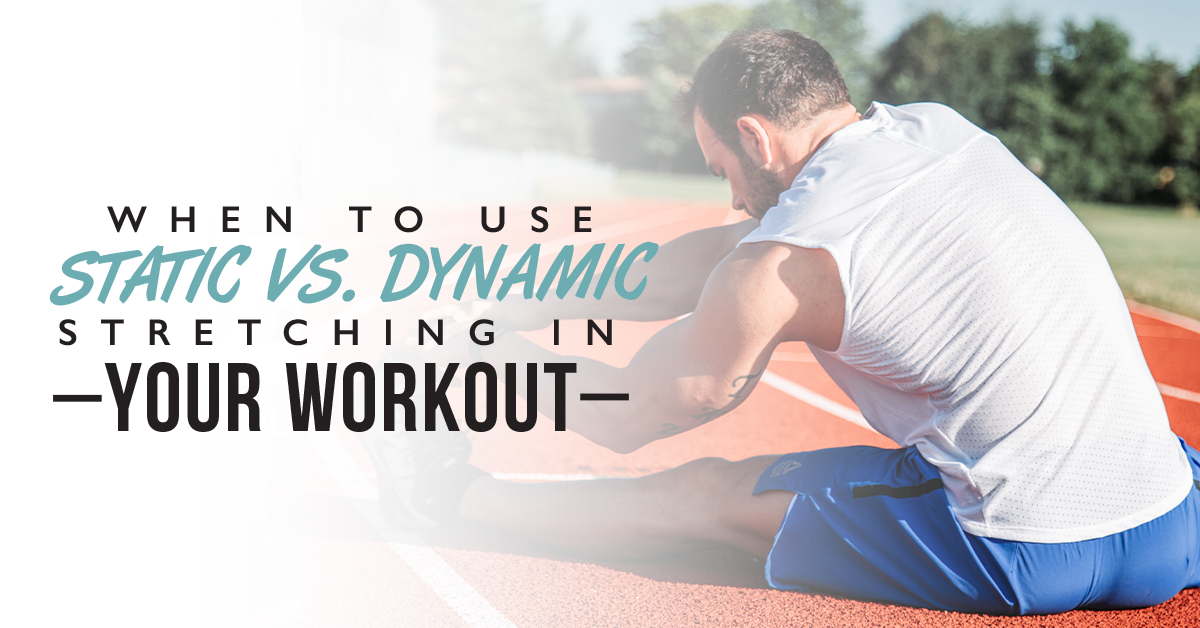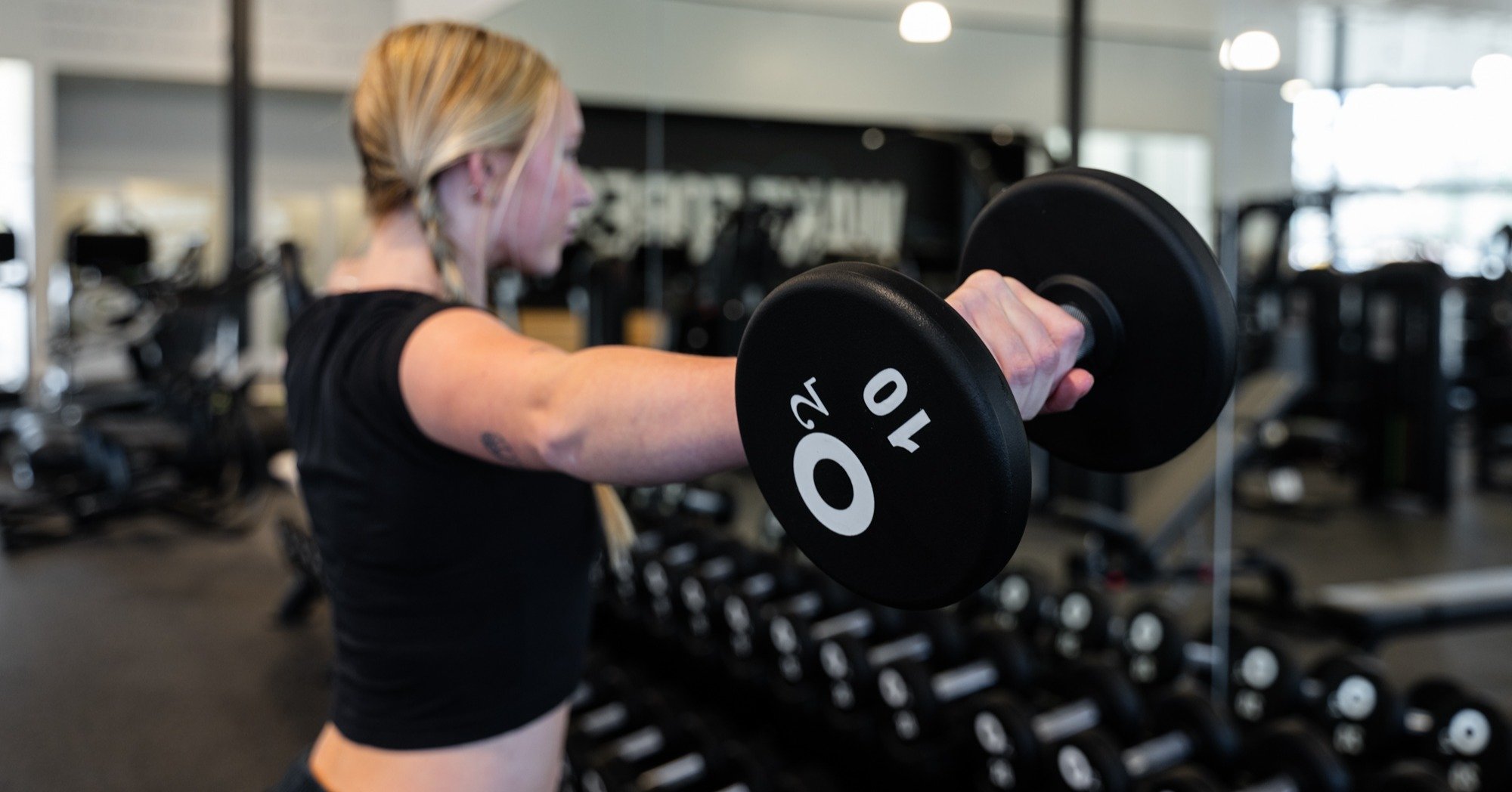Stretching is a key part of any workout routine, but not all stretching is equal. There are two main types of stretching: static and dynamic.
Both have their benefits, BUT they should be used during different times in your workout. Keep reading to explore the differences between static and dynamic stretching and when to use each type in your workout.
Static Stretching
When you think of "stretching," you're more than likely thinking of a static stretch.
Static stretching involves holding a stretch position for typically around 20-30 seconds. This is great for helping you increase flexibility, reduce muscle soreness, and promote relaxation.
But did you know that static stretching is not the best to do before your workout? In fact, using static stretches before a workout can actually decrease performance because it can temporarily reduce your muscle strength, power, and explosive performance. So next time you're warming up, remember to save static stretching for after your workout when your muscles are already warm and flexible.
Watch the video below for a great, static cool-down routine you can try!
Dynamic Stretching
Unlike static stretching, dynamic stretching involves moving your joints through their full range of motion to prepare your body for exercise.
The movement involved with dynamic stretching makes it better suited for the beginning of your workout while your muscles are still cold. Dynamic stretching can help improve mobility, increase blood flow, and prepare your muscles and joints for the demands of your workout.
These movements can help improve your range of motion and get the blood flowing to the muscles you'll use in your workout. Watch the video below to find an example of a dynamic warm-up!
When to Use Each Type of Stretching
It's important to use the right type of stretching to get the most out of your workout routine. Here are some general guidelines to follow the next time you go to stretch:
- Use dynamic stretches at the start of your workout to warm up your muscles and properly prepare your body for exercise.
- Choose dynamic stretches that mimic the exercises you'll be doing during your workout.
- Save static stretches for the end of your workout when your muscles are already warm to help increase flexibility.
- Avoid static stretching before high-intensity or explosive exercises like sprints or cycling.
By incorporating both types of stretching into your routine and following these guidelines, you can improve your flexibility, reduce muscle soreness, and properly prepare your body for your best workout yet!










.jpg)
.jpg)
